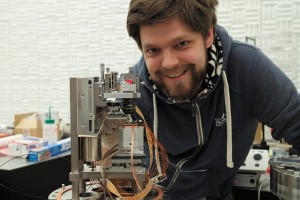
The problem of measuring temperature with nanometre resolution are many, said IBM, including the thermometer’s own thermal characteristics swamping the measurement, and the unknown thermal resistance of the tiny contact spot between scanning probe and device under test.
According to IBM researcher Fabian Menges, because the measuring probe and its associated support structure is always going to be large compared to the point being measured, techniques that rely on thermal equilibrium measurement techniques – the equivalent of putting a medical thermometer under your tongue – are non-starters.
This leaves measuring change in temperature at the probe with respect to time – a dynamic measurement – as the only viable way.
The temperature of the sample is related to the thermal time constant of the probe, the temperature of the probe, and the thermal resistance between probe and sample.
Thermal resistance in this case is the sum of the known characteristics of the probe, and the unknown thermal contact resistance where the probe touches the sample – and it this unknown that has scuppered previous attempts, said Menges.
“Our method permits the elimination of tip–sample contact-related artefacts, a major hurdle that so far has limited the use of scanning probe microscopy for nanoscale thermometry,” said the IBM team in the abstract of a paper describing the work in Nature Communications: Temperature mapping of operating nanoscale devices by scanning probe thermometry.
In the paper, Peltier effects at the metal-semiconductor contacts to an indium arsenide nano-wire, and self-heating of a metal interconnect, were measured to 7mK temperature resolution and sub-10nm spatial resolution.
A limitation of the technique, which has taken over five years to develop, is that it can only measure points at which temperature is varying.
If you want to know how the technique works, the paper is somewhat tough going. Menges’ doctoral thesis on the same subject is a much easier read.
Update: thanks to Chris Sciacca for pointing out this video which explains part of the IBM technique.
Other members of the team were: Nico Mosso, Bernd Gotsmann and Fabian Motzfeld. The research was conducted in IBM’s underground Noise Free Lab.
 Electronics Weekly Electronics Design & Components Tech News
Electronics Weekly Electronics Design & Components Tech News
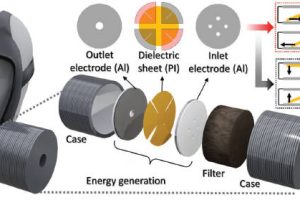
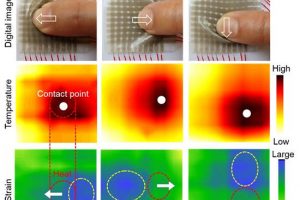
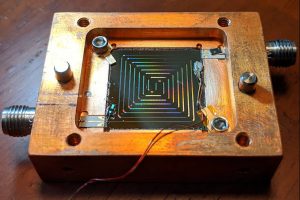
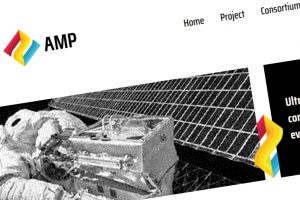
Here is a video with the scientists explaining the technique: https://www.youtube.com/watch?v=7yjL_TDP_Ss
Thank you, Chris – excellent video